Skala przedsięwzięć archeologicznych w archeologii nubijskiej w ciągu ostatnich dziesięciu lat i sama ilość nowych danych, które zostały uzyskane, obejmujących dziedzictwo nubijskie od paleolitu po sułtanat Funj Sinnara, pobudziły rewizję wielu poglądów i zajęcie się nowymi perspektywami w starożytnych badaniach nubijskich.
Materiały z XI Międzynarodowej Konferencji Towarzystwa Badań Nubijskich w Warszawie przedstawiają aktualne wyniki najnowszych badań nad historią starożytną i archeologią Nubii, terytoriów doliny Nilu i pustyń na południe od pierwszej katarakty (tj. Egipt i północny Sudan). Artykuły, opublikowane w 2 częściach, obejmują różne aspekty badań, od raportów z ostatnich wykopalisk, poprzez studia dokumentalne i wnikliwe analizy nubijskiego społeczeństwa, architektury i sztuki.
Część pierwsza, zawierająca prace 17 czołowych badaczy nubijskich, stanowi zwięzłe podsumowanie długofalowych badań nad głównymi ośrodkami cywilizacji nubijskiej i szerszą refleksję historyczną, z uwzględnieniem także wpływu czynników zewnętrznych na sytuację w Nubii. Przegląd prac archeologicznych i badań przeprowadzonych w latach 2002-2006 zapewnia D.A. Welsby. Przegląd witryny obejmuje Wadi Howar (F. Jesse), Dokki Gel (Ch. Bonnet, D. Valbelle), Tombos (ST Smith), Sedeinga (C. Berger-el Naggar), Gebel Barkal (A. Roccati), Musawwarat es Sufra (S. Wenig), Meroe (K. Grzymski), Qasr Ibrim (P. Rose), Dongola (S. Jakobielski) ¸ Banganarti (B. Żurawski, A. Łajtar). Ponadto W.Y. Adams ocenia obecne stypendium w nubijskim społeczeństwie, L. Török omawia powstanie państwa segmentarskiego, a C. Rilly proponuje rewolucyjne spojrzenie na pochodzenie etniczne w Nubii. W. Godlewski koncentruje się na aspektach ikonografii królewskiej i episkopalnej na chrześcijańskich nubijskich malowidłach ściennych. T. Kendall bada astronomiczne znaczenie Gebel Barkal, które skłoniło Taharkę do zlokalizowania tam jego grobowca.
Druga część zawiera 60 dokumentów zreferowanych na konferencji, w tym kwestie związane z wysiłkiem ratowania czwartej katarakty w ostatnich latach, a także zapis dwóch dyskusji panelowych poświęconych tematyce języków urzędowych i języków werystycznych w nubijskich królestwach oraz przedstawieniu władców i ceremonii religijnej wewnątrz budynków sakralnych.
**********
The scale of archaeological undertakings in Nubian archaeology in the past ten years and the sheer amount of new data that have been obtained, spanning Nubian heritage from the Paleolithic to the Funj Sultanate of Sinnar, have spurred a revision of many long-held views and a tackling of new perspectives in Ancient Nubian studies.
The Proceedings of the 11th International Conference of the Society of Nubian Studies in Warsaw bring a timely record of the newest research into the ancient history and archaeology of Nubia, the territories of the Nile Valley and the deserts south of the first cataract (i.e., southern Egypt and northern Sudan). The papers, published in two parts, cover diverse aspects of research from reports on recent excavations, through documentary studies and insightful analyses of Nubian society, architecture and art.
Part one, comprising papers by 17 researchers, scholars in Nubian Studies, constitutes a compact summary of long-term research on the main centers of Nubian civilization and a broader historical reflection, taking into account also the influence of external factors on the situation in Nubia. A review of the archaeological work and research conducted in 2002-2006 is provided by D.A. Welsby. Site overviews include Wadi Howar (F. Jesse), Dokki Gel (Ch. Bonnet, D. Valbelle), Tombos (S.T. Smith), Sedeinga (C. Berger-el Naggar), Gebel Barkal (A. Roccati), Musawwarat es Sufra (S. Wenig), Meroe (K. Grzymski), Qasr Ibrim (P. Rose), Dongola (S. Jakobielski)¸ Banganarti (B. Żurawski, A. Łajtar). Moreover, W.Y. Adams reviews current scholarship into Nubian society, L. Török discusses the rise of the segmentarian state, and C. Rilly proposes a revolutionary look at ethnicity in Nubia. W. Godlewski focuses on aspects of royal and episcopal iconography in Christian Nubian wall paintings. T. Kendall searches into the astronomical meaning of Gebel Barkal which prompted Taharka to locate his tomb site there.
Part two presents 60 plus papers read at the conference, including issues related to the Fourth Cataract salvage effort of recent years, as well as a record of two panel discussions devoted to the topics of official and vernacular languages in the Nubian Kingdoms and representations of rulers and religious ceremony inside sacral buildings.
Keywords: Nubian archaeology, Nubian heritage, International Conference of the Society of Nubian Studies, segmentarian state, Christian Nubian wall paintings, Funj Sultanate of Sinnar, ancient Nubia, archaeological excavations, archeology.

 opcje wysyłki »
opcje wysyłki »


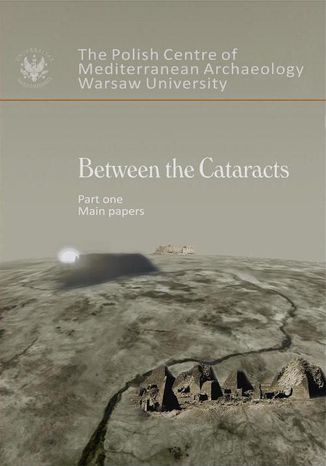
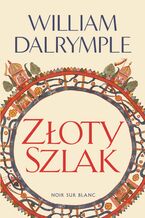

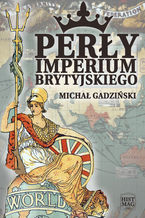

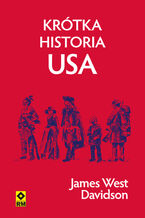
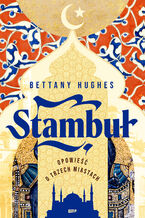
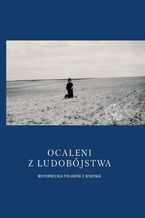
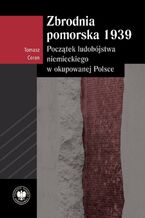
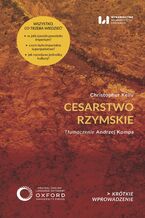
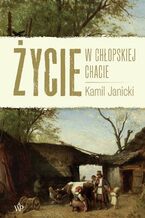
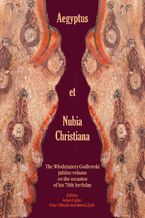

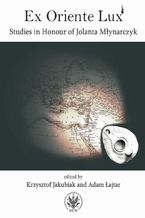
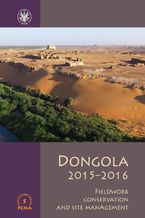
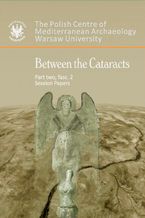
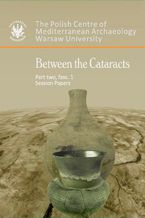






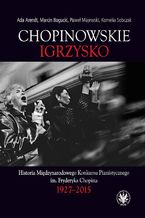
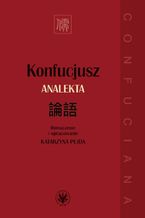
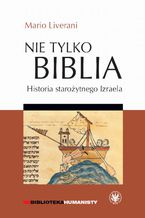
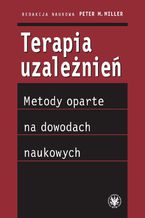
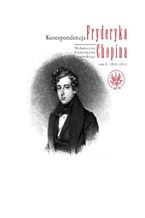
![Okładka - B. Bolesławita [Józef Ignacy Kraszewski], Rachunki. Wybór z lat 1866-1869 - Dawid Maria Osiński, Inesa Szulska](https://static01.helion.com.pl/global/okladki/145x218/e_4iic.jpg)
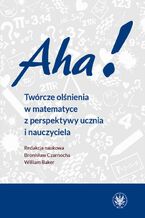
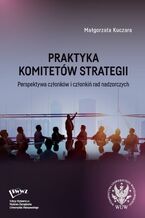

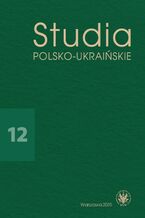
Oceny i opinie klientów: Between the Cataracts. Part 1: Main Papers Włodzimierz Godlewski, Adam Łajtar
(0)